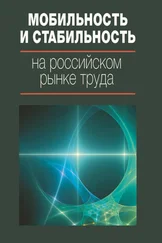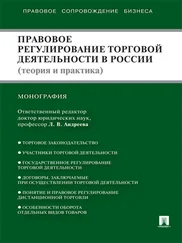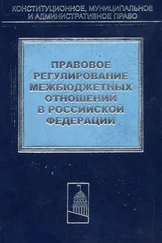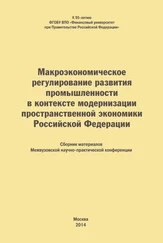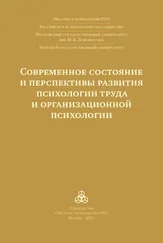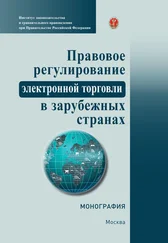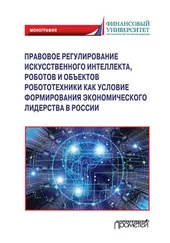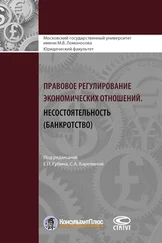В-третьих, наш обзор российской практики показывает, что многие российские исследователи отдают предпочтение разного рода «гибридным» конструкциям, что усиливает гетерогенность того массива работников, который попадает под рубрику неформальной занятости. Как следствие, многие оценки, выполненные для России, оказываются методологически мало сопоставимыми с аналогичными оценками по другим странам.
Напомним, однако, что множественность подходов к определению и измерению неформальной занятости отражает сложность и неоднозначность самого этого феномена. За разными определениями могут стоять и чаще всего стоят разные концептуальные перспективы. Если это так, то тогда вопрос о том, какой из возможных способов оценки неформальной занятости следует считать наиболее адекватным, не имеет большого смысла. Наиболее предпочтительным в зависимости от конкретных задач, которые ставятся в исследовании, может оказаться любой. Можно сказать, что от возможности экспериментировать с различными подходами анализ феномена неформальной занятости только выигрывает [48].
Гимпельсон В. Е., Зудина АА. «Неформалы» в российской экономике: сколько их и кто они?: препринт WP3/2011/06. М.: Изд. дом НИУ ВШЭ, 2011.
Горбачева Т. Л., Рыжикова З. А. Методологические подходы измерения занятости в неформальном секторе экономики // Вопросы статистики. 2002. № 4.
Горбачева Т. Л., Рыжикова ЗА. Теоретические и практические аспекты измерения занятости в неформальной экономике // Вопросы статистики. 2004. № 7. С. 30–39.
Капелюшников Р. И. Неформальная занятость в России: что говорят альтернативные определения?: препринт WP3/2012/04. М.: Изд. дом НИУ ВШЭ, 2012.
Карабчук Т. С., Никитина M. B. Динамика и структура случайной и неформальной занятости в России // Вестник Российского мониторинга экономического положения и здоровья населения НИУ ВШЭ (RLMS-HSE) / отв. ред. П. М. Козырева. М.: НИУ ВШЭ, 2011.
Синявская О. В. Неформальная занятость в современной России: измерение, масштабы, динамика / Независимый институт социальной политики. Научные проекты НИСП. М.: Поматур, 2005. IISP Working PapersWP5/2005/01.
Andrews D., Caldera Sanchez A., Johansson A . Towards a Better Understanding of the Informal Economy. OECD Economics Department Working Papers 873. Paris: OECD, 2011.
Bernabé S . Measuring Informal Employment in Transition Countries. Leuven: University of Leuven, 2008. Mimeo.
Central Statistical Organisation/India. Expert Group on Informal Sector Statistics (Delhi Group). Report of the Third Meeting. New Delhi: Central Statistical Organisation/India, 1999.
Central Statistical Organisation/India. Expert Group on Informal Sector Statistics (Delhi Group). Report of the Fifth Meeting. New Delhi: Central Statistical Organisation/India, 2001.
Chen M . Rethinking the Informal Economy: Linkages with the Formal Economy and Formal Regulatory Environment // Linking the Formal and the Informal Economy: Concepts and Policies / ed. by B. GuhaKhasnobis, R. Kanbur, E. Ostrom. Oxford: Oxford University Press, 2006.
Fields G. S . Labour Market Modeling and the Urban Informal Sector: Theory and Evidence // The Informal Sector Revisited / ed. by D. Turnham, B. Salomé, A. Schwarz. Paris: OECD, 1990.
Gasparini L., Tornarolli L . Labor Informality in Latin America and the Caribbean: Patterns and Trends from Household Survey Microdata. Washington, D.C.: World Bank, 2006.
Gong X., van Soest A., Villagomez E . Mobility in the Urban Labor Market: A Panel Data Analysis for Mexico. CentER Discussion Paper № 46. Tilburg: Tilburg University, 2000.
Hart K . Informal Income Opportunities and Urban Employment in Ghana // Journal of Modern African Studies 1973. Vol. 11. № 1. P. 61–89.
Hazans M . Informal Workers across Europe Evidence from 30 European Countries. Policy Research Working Paper № 5912. Washington, D.C.: The World Bank, 2011.
Henley A., Arabsheibani G. R., Carneiro F. G . On Defining and Measuring the Informal Sector. World Bank Policy Research Working Paper № 3866. Washington, D.C.: The World Bank, 2006.
Hussmanns R . Measuring the Informal Economy: From Employment in the Informal Sector to Informal Employment. Bureau of Statistics Working Paper № 53. Geneva: International Labour Office, 2004.
ILO . Resolution Concerning Statistics of Employment in The Informal Sector. Resolution II adopted by the Fifteenth International Conference of Labour Statisticians. January 1993 Geneva: International Labour Office, 1993. (http://www.ilo.org/public/english/bureau/stat/res/infsec.htm)
ILO . Decent Work and the Informal Economy. Report of the Director-General; International Labour Conference, 90 thSession; Report VI. Geneva: International Labour Office, 2002 (a).
ILO . Women and Men in the Informal Economy: A Statistical Picture. Geneva: International Labour Office, 2002 (b).
ILO . Guidelines Concerning a Statistical Definition of Informal Employment, Endorsed by the Seventeenth International Conference of Labour Statisticians / Seventeenth International Conference of Labour Statisticians, Report of the Conference. Doc. ICLS/17/2003/R. Geneva: International Labour Office, 2003.
ILO . Key Indicators of the Labour Market. Geneva: International Labour Office, 2011.
Lehmann H., Razzolini T., Zaiceva A . Job Separations and Informality in the Russian Labor Market. Discussion Paper № 6230. Bonn: IZA, 2011.
Lipton M . Family, Fungibility and Formality: Rural Advantages of Informal Non-Farm Enterprises versus of the Urban-Formal State // Human Resources, Employment, and Development. Vol. 5: Developing Countries / ed. by S. Amin. L.: MacMillan, 1984. P. 189–242.
Marcoullier D., Ruiz de Casilla V., Woodruff C . Formal Measures of the Informal Sector Wage Gap in Mexico, El Salvador, and Peru // Economic Development and Cultural Change. 1997. Vol. 45. № 2. P. 367–392.
Mead D. C., Morrisson C . The Informal Sector Elephant // World Development. 1996. Vol. 24. № 10. P. 1611–1619.
OECD . Employment Outlook. Paris: OECD, 2004.
Читать дальше
Конец ознакомительного отрывка
Купить книгу

